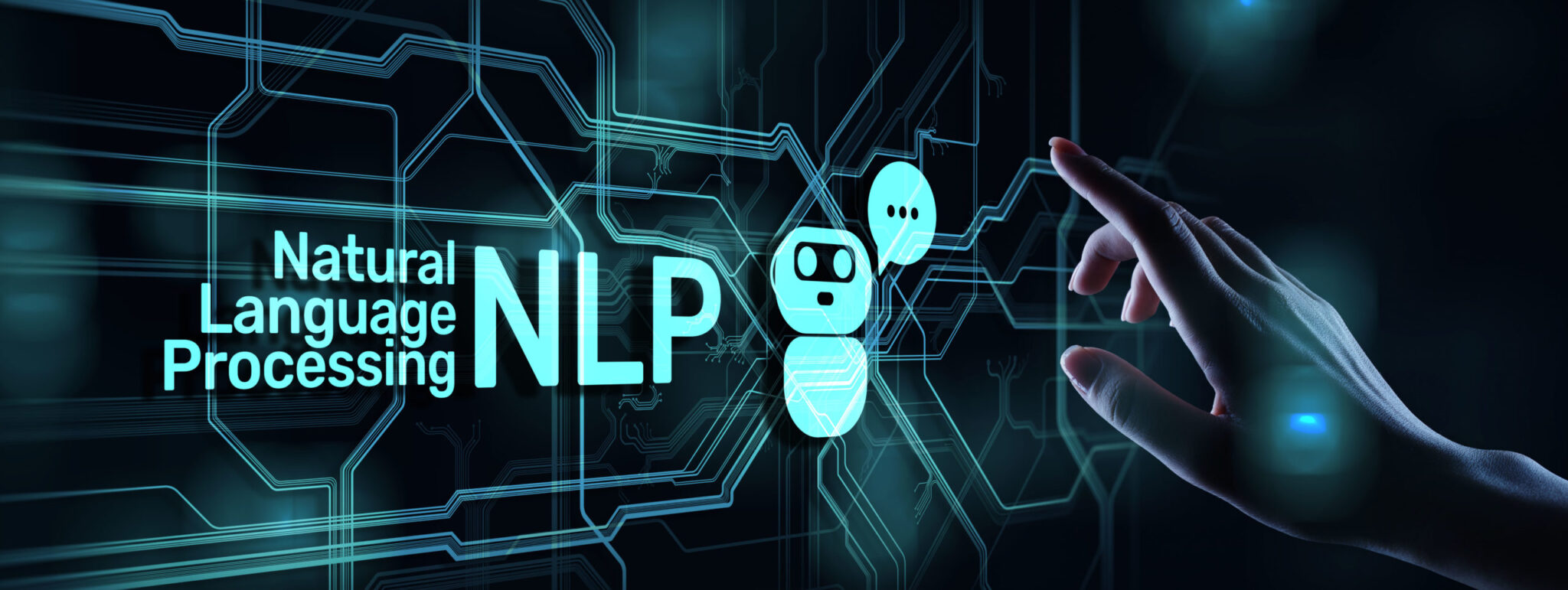What's in this podcast?
In this episode, Jason speaks to Jyotika Singh, Director of Data Science at Placemakr. In this episode they discuss the uses of natural language processing (NLP).
Listen to this episode on Spotify, iTunes, and Stitcher. You can also catch up on the previous episodes of the Hub & Spoken podcast when you subscribe.
What are your thoughts on this topic? We’d love to hear from you; join the #HubandSpoken discussion and let us know on Twitter and LinkedIn.
For more on data, take a look at the webinars and events that we have lined up for you.
One Big Message
Natural language processing has become an omnipotent part of allowing technology to assist us with ease. As language evolves, so too does the need for natural language processing to keep up and evolve with the way we speak.
[01:35] Jyotika’s journey from electrical engineering to data
[02:35] What natural language processing is in the field of data
[05:40] Uses of NLP in text data
[08:30] How different type of NLP affects industry specific data
[10:10] NLP uses in different languages and use cases
[13:43] The process to clean up NLP
[15:16] Seeing if NLP has special rules around text data
[20:49] The nuances of language and how NLP picks out specific languages
[22:45] Testing NLP and keeping up with the evolution of data
[25:20] More use cases of NLP
[32:11] Jyotika’s book on NLP
What is natural language processing
Natural language processing is the ability of a computer to understand human language. It’s used in data analytics to allow computers to understand the meaning of words and sentences.
This can be useful for data mining, since it allows computers to analyse large amounts of text quickly in order to find patterns or trends that would otherwise be hard to notice.
How natural language processing evolves over time
Natural language processing is a subfield of artificial intelligence and machine learning that deals with the interactions between computers and human languages. It’s used to analyse the relationships between words, phrases, and sentences in natural languages, so that computers can understand human communication better.
This kind of technology helps us make sense of big data. When we’re analysing large amounts of text—for example, all the marketing emails sent out by a company—natural language processing can help us classify them by topic or sentiment. For example, if we want to know which emails get opened most often, we could use natural language processing to identify those emails based on their subject lines and body copy.
In addition to helping us sort through email data quickly, natural language processing also helps us find insights within it: for example, by identifying recurring keywords or phrases that might indicate certain kinds of customer behaviour (such as “refund” or “return”).
Use cases of natural language processing
Natural language processing (NLP) is the study of how to program a computer to understand human language, and it’s a field that’s growing rapidly as technology advances. NLP has many applications in data science, including text classification and sentiment analysis.
For example: let’s say you’re trying to predict whether or not someone will click on an ad for your company. You can use NLP to determine what words or phrases that person uses most often in their emails, tweets, and other communications about your brand. If you see words like “awesome” or “love,” then it’s likely they’ll be interested in clicking on your ad.
To summarise
Natural language processing is an important part of the data analytics process because it can help to automate processes and make them more efficient. It can also help to increase the accuracy of automated processes, which can lead to more accurate results and better decision-making.




